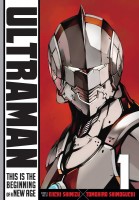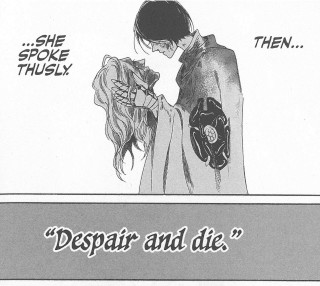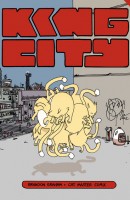The end of September doesn’t just approach, it’s here! And because it’s the end of the month, it’s also time for another giveaway at Experiments in Manga. This month you all will have the chance to win a copy of Devils and Realist, Volume 1 written by Madoka Takadono, illustrated by Utako Yukihiro, and published in English by Seven Seas. And, as always, the giveaway is open worldwide!
I always find it interesting when manga incorporates Western settings, religions, and mythologies. In some cases they aren’t used as much more than an aesthetic (I’m looking at you X), but in other cases the mangaka have clearly done their research. Legends surrounding angels and demons seem to be a particularly rich source of inspiration. Series like Devils and Realist take that inspiration, but then spins the stories and their interpretations to create something entirely different. The results can often be entertaining.
So, you may be wondering, how can you win Devils and Realist, Volume 1?
1) In the comments below, tell me a little about your favorite manga featuring devils or demons. (Don’t have one? Simply mention that.)
2) If you’re on Twitter, you can earn a bonus entry by tweeting, or retweeting, about the contest. Make sure to include a link to this post and @PhoenixTerran (that’s me).
There it is! Everyone has one week to submit comments and can earn up to two entries for this giveaway. If needed or preferred, comments may also be sent to me directly at phoenixterran(at)gmail(dot)com. The comments will then be posted here in your name. The giveaway winner will be randomly selected and announced on October 7, 2015. Good luck!
VERY IMPORTANT: Include some way that I can contact you. This can be an e-mail address in the comment form, a link to your website, Twitter username, or whatever. If I can’t figure out how to get a hold of you and you win, I’ll just draw another name.
Contest winner announced–Manga Giveaway: Devils and Realist Giveaway Winner










